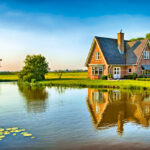We tell you how to think through lighting from scratch and put your ideas into practice.
1. Consider the function the light should perform
To start working on organizing lighting in a room, you need to think through light scenarios. Sources of artificial lighting in an apartment can have three main tasks.
- Just light up the whole space at night, these are common light sources.
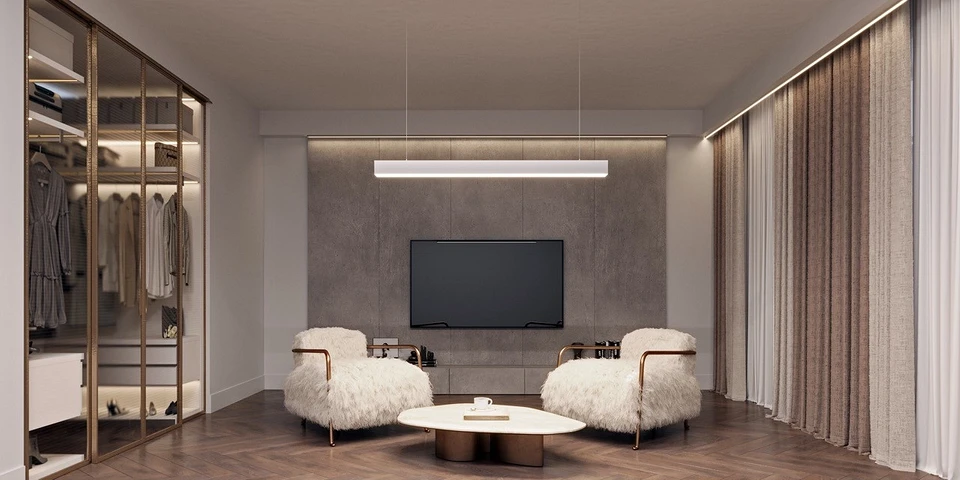
2. Make directional light sources for those areas where you concentrate on some activities that require good lighting. For example, a desk, a countertop in the kitchen, a chair in the reading corner, and a mirror in the bathroom.

3. Decorate the space. Decorative light sources help create the feeling of a detailed and thoughtful space. They are placed in niches, on an accent wall with an interesting texture, next to wall decor, in open shelving.
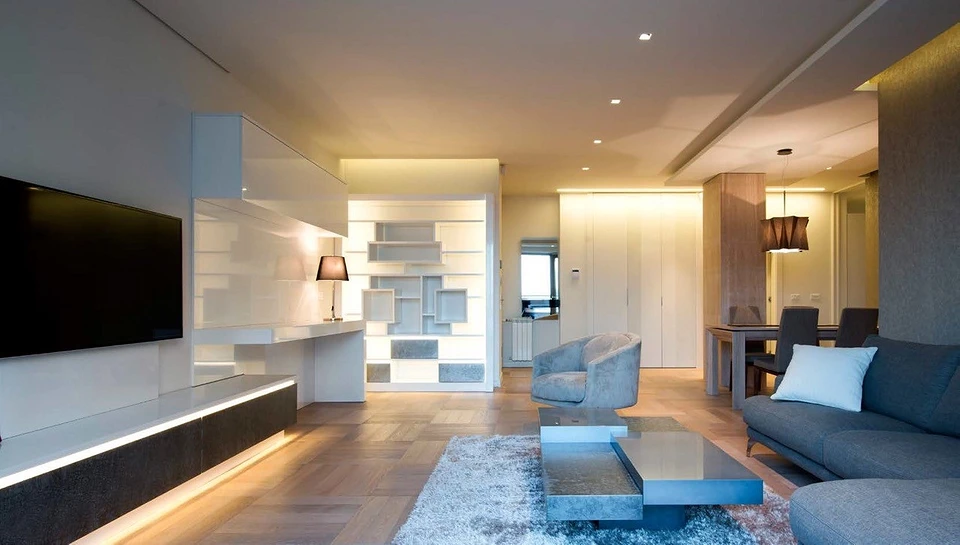
Now you can move from the general question of “what lamps to buy for your apartment” to understanding how to light up a room, highlight work areas, and highlight beautiful details. This is where work on lighting scenarios begins.
2. Choose custom lighting solutions
Modern lighting systems help to abandon standard solutions, such as a chandelier in the center of the ceiling, a floor lamp by the sofa, and a work lamp on the table. The trend to use LED strips and profiles has become very popular, which allows you to implement any lighting scenario (illuminate a baseboard, a shelf with decor, an accent wall).
For main ceiling lighting, you can, for example, use an LED strip solution, consisting of a strip, an aluminum profile of the required size, and a power supply – installation can be carried out in a recessed, surface-mounted, or suspended manner, for example, above a dining table. This solution also makes it possible to follow the correct sequence of repairs: think through the layout of the room, and its functional areas, and only then place light sources exactly where they are needed.

3. Work with the entire volume of the room
Light sources can be placed anywhere, and this is very helpful when creating lighting scenarios:
You can follow the growing trend and implement continuous illumination of the ceiling. To do this, LED strips with an angular profile are placed on the ceiling, which helps to gently diffuse the light, and they are covered with a stretch fabric. The ceiling will transmit light, which looks very impressive.
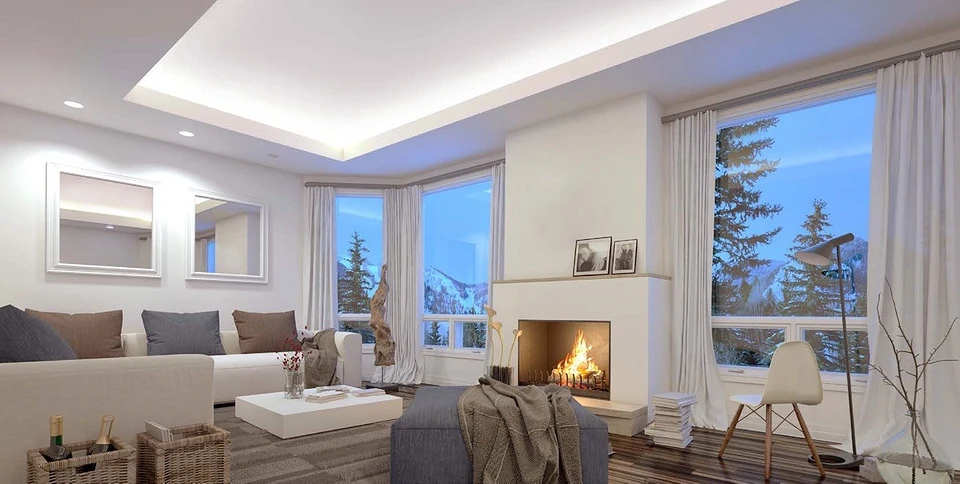
The LED strip can be hidden behind the cornice; this scenario works with both suspended and plasterboard ceilings.
Local lighting can be realized using overhead or suspended profiles.
Navigation lighting can be implemented using a profile in the form of a plinth or for mounting on steps. And decorative – using profile lamps (for example, sconces) or thin light lines.
You can make it unclear where the light comes from and how it is integrated into the surfaces. For example, create a thin light line 6.5 mm wide by installing a recessed profile with a hidden flange into a plasterboard wall or ceiling. If you like a soft reflected glow, choose a recessed semicircular profile with a flange and a hidden light source.
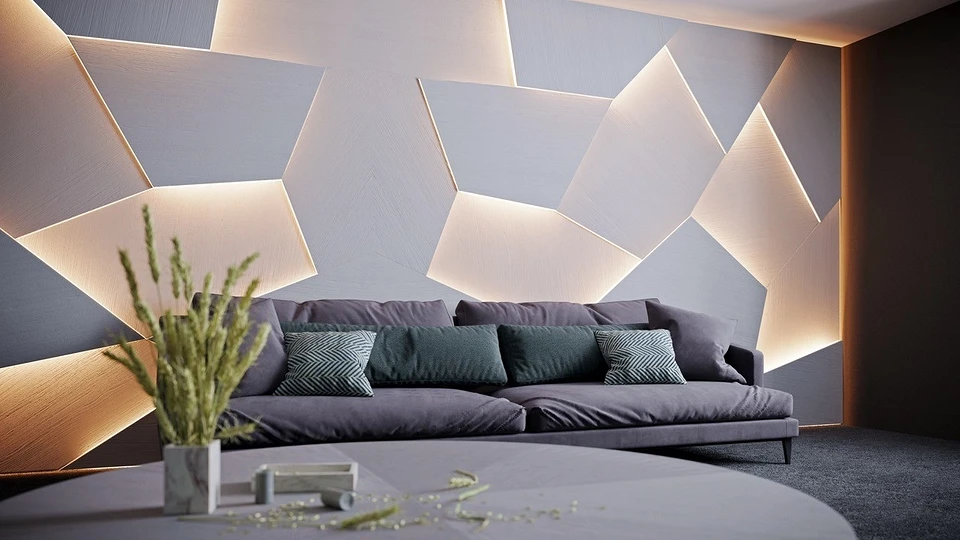
4. Stick to minimalism
Chandeliers, sconces, floor lamps, and table lamps are not only light sources but also interior items that affect their perception. Therefore, it will not work, for example, to hang a crystal chandelier in a bedroom in which they wanted to create an atmosphere of Scandinavian style.
However, you can use a life hack that will help you never make mistakes with your style and not waste time searching for the perfect lamp or chandelier – just choose minimalist lamps, for example, those made using white LED strips and profile.
In one interior you can combine a classic chandelier with modern LED lighting. The metal profile is so minimalistic that it does not create a contrast with decorative lamps.
5. Choose the optimal color temperature
Light sources have an important characteristic – color temperature, which is measured in Kelvin (K). It depends on it whether the light will be softer and warmer with a yellow bias, or sharper and colder with a blue bias. Color temperature affects human biological rhythms.
Thus, in the catalog of LED strips, you can find LED strips with different color temperatures, including 4,000K. This is optimal daylight that will not overload your eyes. Or you can create biodynamic lighting with a strip that contains LEDs with different color temperatures. A special controller will make the lighting colder during the day when the body needs to produce the hormone cortisol, which stimulates wakefulness, and warmer in the evening, when the hormone melatonin, which is responsible for sleep, is needed.
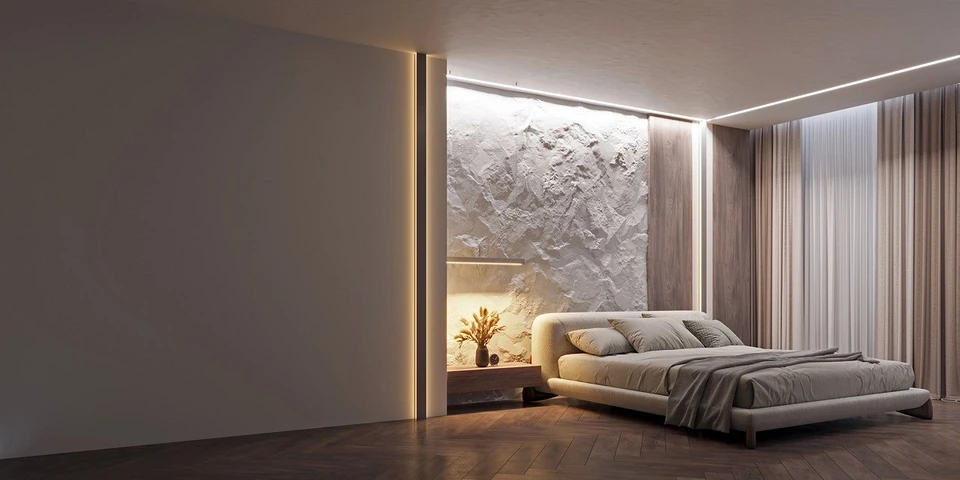
6. Watch the color rendition
The artificial light sources in the apartment will determine how you see the color of the walls, furniture, and textiles. This is indicated by the color rendering index; on product packaging, it is designated as CRI. If it is not high enough, the colors will be perceived as distorted. This is an unpleasant effect – because of it, for example, a yellow wall can give off green or blue. Therefore, the value of this index should be at least 80, and ideally close to 98-99.
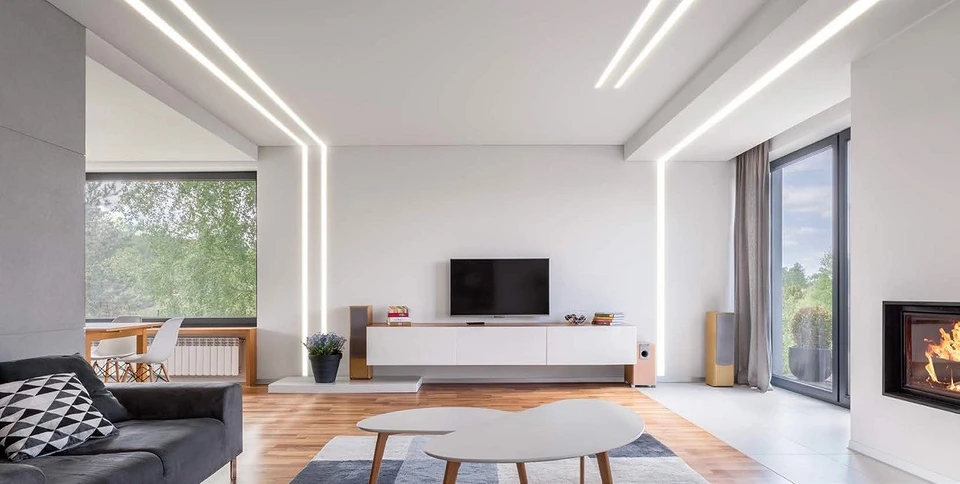
What is important to remember
When creating lighting scenarios in an apartment, go through the important points.
- Determine where and what zones are in the apartment, and how they need to be illuminated.
- Use general, task, and decorative lighting, placing light sources throughout the room.
- Select light sources according to technical characteristics: color rendering quality, and color temperature.
- Use modern technologies, for example, LED strips, so you don’t limit yourself and implement any design solutions.


